February 18, 2025
12 Real-Life Chatbot Examples You Need to Know
Real-life chatbot examples offer a great learning process for anyone seeking to create theirs and find good recommendations for their needs.
Chatbots have made huge strides over the years, especially with the growth in Artificial Intelligence. Many businesses employ chatbots today, up to 58% of B2B companies. Any moment you spend examining these conversational agents will generate many gains for your company.
So, what are these chatbot examples? In this article, we will examine 11 of them after exploring their use. Ultimately, you should have a solid grasp of how chatbots can revolutionize your business.
How Should We Use Chatbot Applications?
Chatbots benefit businesses and individuals, from formal interactions to friendly chats.
Individuals use chatbots to meet their goals, conduct research, and solve personal problems. With businesses, chatbots can generate leads, improve your brand’s image, showcase products, and answer questions.
To use a chatbot, you must first identify its purpose. It could be for customer support, automating tasks, or obtaining information. The purpose defines its use.
Furthermore, know how to access the chatbot. Some are integrated into a website, while others are in voice assistants like Alexa.
You should also understand that chatbots have limitations and work within them. Keep your language simple and understandable so the chatbot can grasp the prompt.
Conversations are important for chatbots in line with their purpose. Learn to initiate interactions and give direct commands. Follow suggested prompts as well.
12 Great Chatbot Examples
Here are some real-life chatbot examples to know:
1. Kelpo.ai
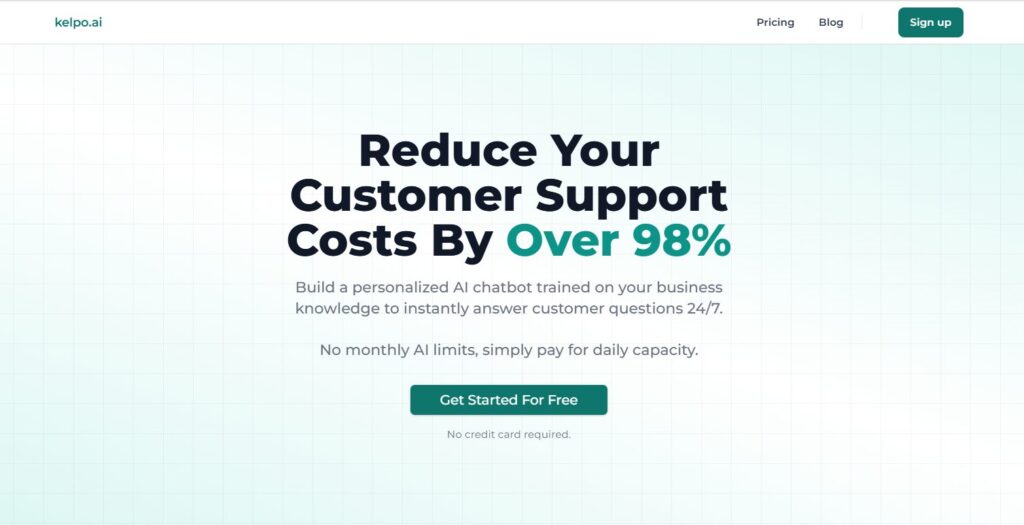
First on our list are the Kelpo.ai chatbots, designed to transform businesses and shape customer interactions. The chatbots can be created on the platform and trained on the business.
Kelpo.ai chatbots offer quick issue resolution, 24/7 availability so customers won’t be frustrated, and an appealing user interface. These chatbots are experts at customer service, answering FAQs, handling order inquiries, and helping with troubleshooting.
2. Tidio
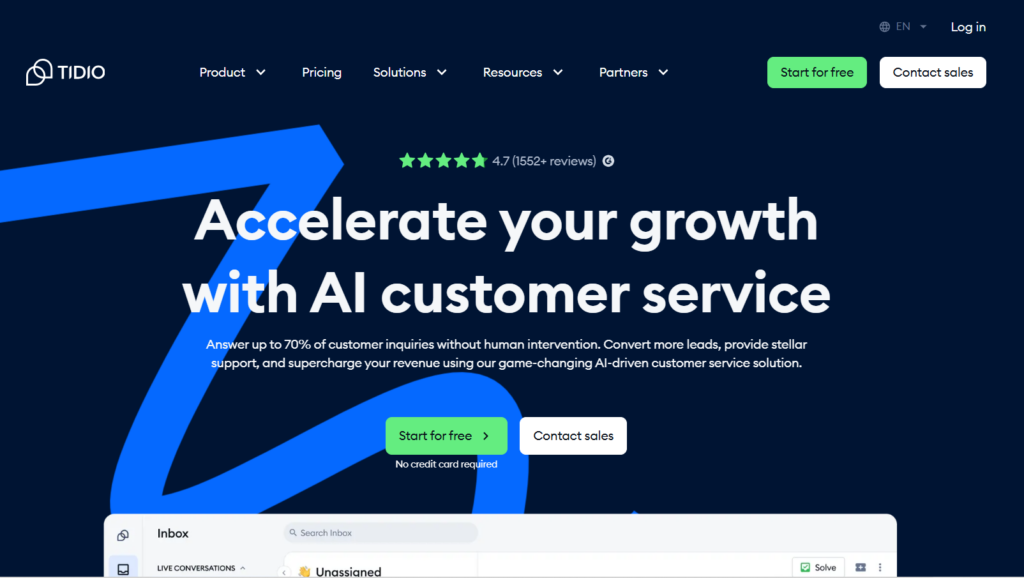
Tidio was created in 2013 in Poland as a customer service and sales automation tool. It is aimed at small and medium businesses and aims to improve customer support and engagement.
Tidio tackles problems ranging from the simple to the complex. It handles queries, complaints about damaged goods, and even the origin of food items. Brie offers fast responses, increasing customer satisfaction.
Like many AI chatbots, Brie assists using NLP and Machine language. Its impact on Hellofresh has been overwhelmingly positive.
3. Erica (from Bank of America)
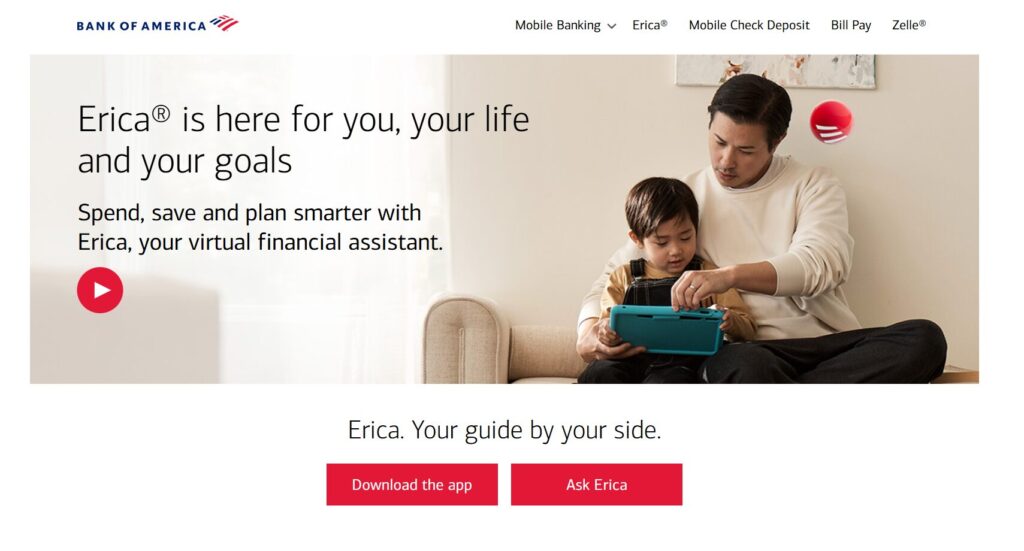
Erica is Bank of America’s chatbot, a financial assistant created to improve customer engagement. Launched in 2018 under Michelle Moore’s leadership, it gained 1 million users after two months and has transformed banking.
Erica communicates with customers using voice, text, and touch input. This combination increases Erica’s appeal to customers who can opt for a preferred option.
Additionally, Erica provides insights into spending as a financial assistant and connects users with specialists if they need expert advice. It uses Natural Language Processing (NLP) and predictive analytics to carry out its interactions.
4. Blenderbot 3 (from Meta)
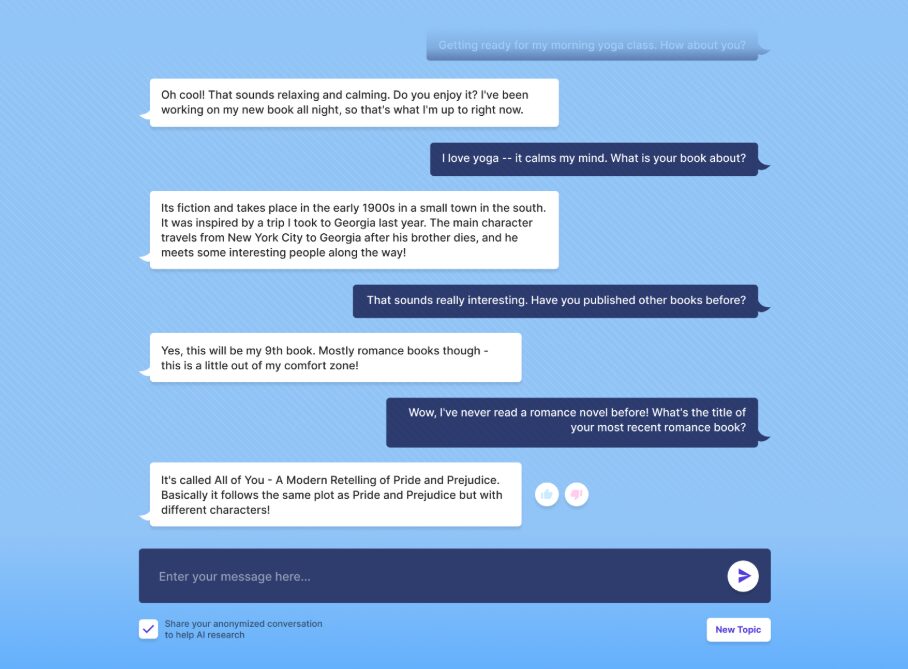
Blenderbot 3 is an AI chatbot created by Meta in 2022. It aims to hold conversations that mimic real human interactions. Blenderbot 3 is smart, safe, and relatable. As far as chatbot examples go, it is well known.
Blenderbot 3 has long-term memory and learning ability, so it can take feedback and improve its responses. It is also designed to display personality and even empathy.
Meta’s conversational agent is built on the foundations of OPT 175B, a language model. It is knowledgeable and more accurate than former chatbots Meta had made.
5. Sephora
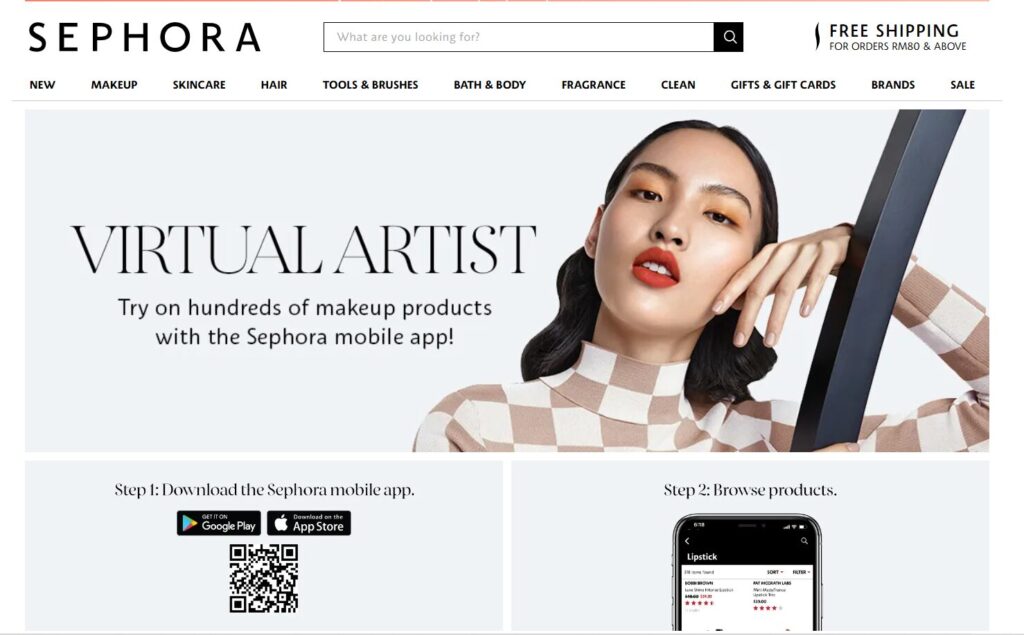
Sephora’s virtual beauty coach is an AI chatbot integrated into the app of Sephora, a beauty retailer specializing in beauty products. The virtual beauty coach works through the app to assist customers in getting the best products.
In line with its name, Sephora’s chatbot offers fashion advice, tutorials, and even opportunities to try out products before purchasing. It also provides recommendations.
Sephora combines augmented reality and artificial intelligence to give customers the best virtual experience.
6. Chatbot by text|
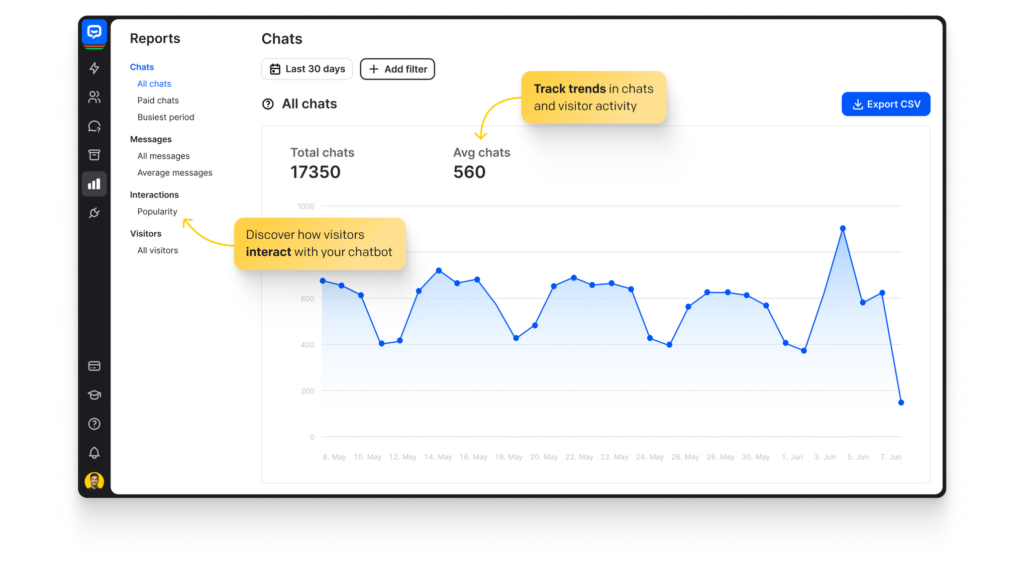
Businesses have created chatbots as conversational agents that can communicate with users through social media platforms like Facebook and WhatsApp. These agents simplify users’ issues and respond to multiple inquiries.
Chatbots help users meet their needs through quick responses. They provide additional information to help users make informed decisions. By giving prompt responses, chatbots also reduce the frustration of waiting time.
7. Manychat
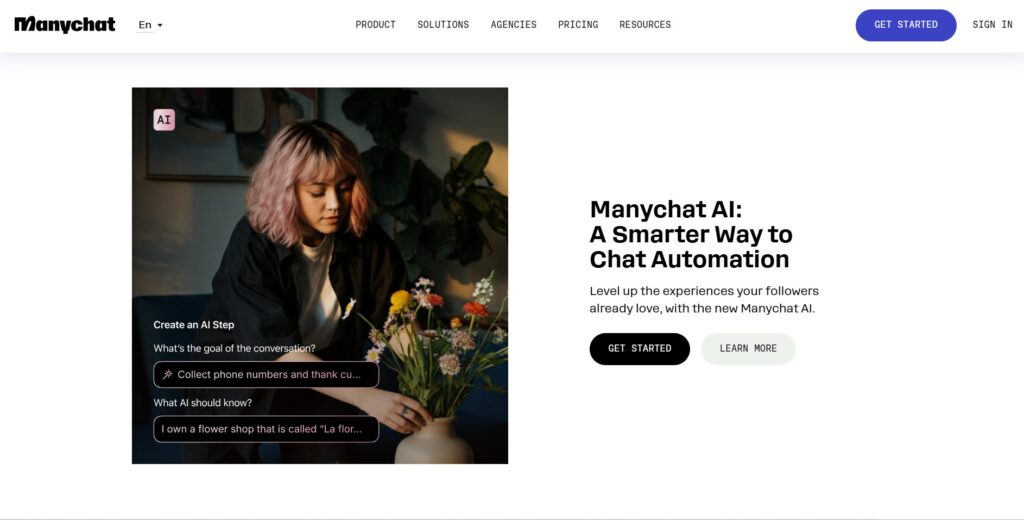
Manychat is an influential tool that helps businesses through Messenger, Whatsapp, and Instagram. It was created in 2017 and has since transformed into an exceptional assistant. Due to its easy use, it is good for beginners and has a free version.
Manychat boasts features that can be customized to meet customer needs. In addition to social media, it integrates well with other applications, such as Shopify and HubSpot.
8. Chatfuel

The value of Chatfuel chatbots lies in their ability to automate conversations on various platforms, from Facebook to Instagram. Chatfuel bots also integrate with ChatGPT to facilitate smoother conversations.
Chatfuel bots help users resolve their requests. They also learn quickly, adapt based on users’ wants, and are always available with engaging conversations.
9. Zapier
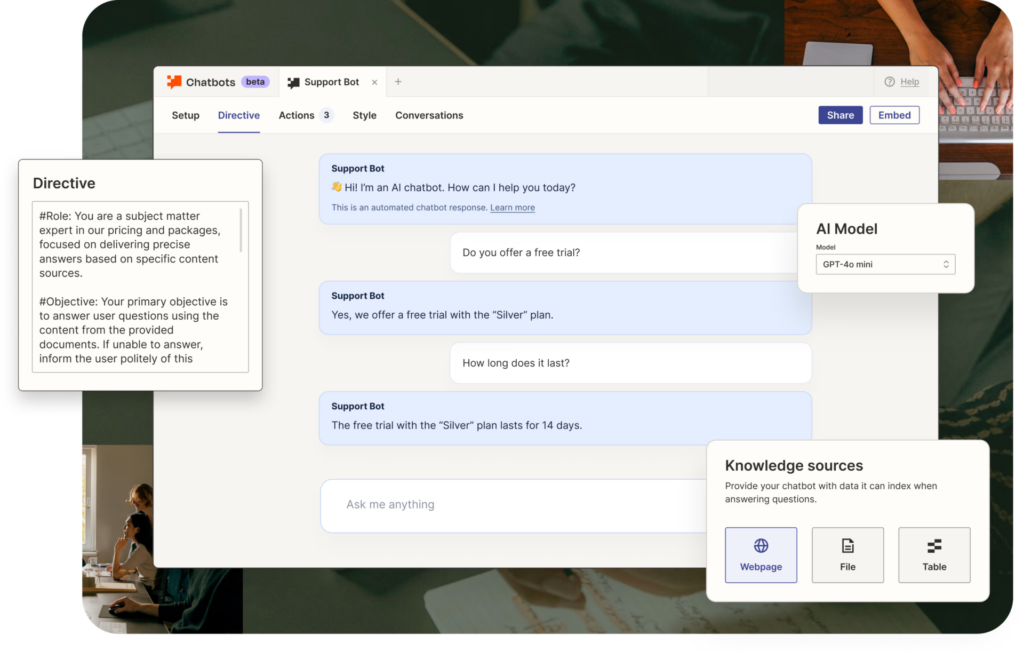
Zapier is designed as an online automation tool that allows users to repeat activities without coding experience. It was launched in 2011 and can integrate a maximum of 7,000 apps, including Google Sheets, Gmail, and Slack.
Zapier also uses analytics and reporting to track engagement and measure performance. It greatly benefits businesses, helping reduce errors and save time.
10. Ada Health’s Symptom Checker
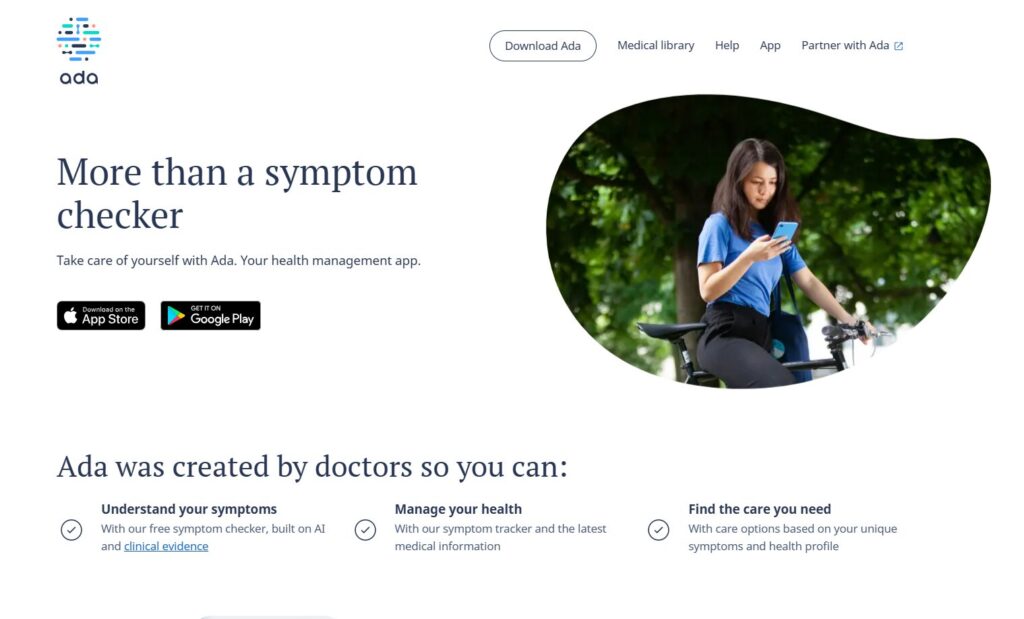
As the name shows, Ada Health’s symptom checker diagnoses users based on their symptoms and gives proper suggestions. It works with user input to ensure the users get the best health treatment.
Ada Health analyses users’ symptoms and offers possible conditions and solutions. It also educates users on health-related issues and how to manage them. Ada Health is available 24/7, allowing for prompt responses.
11. Domino Pizza Manager’s Chatbot
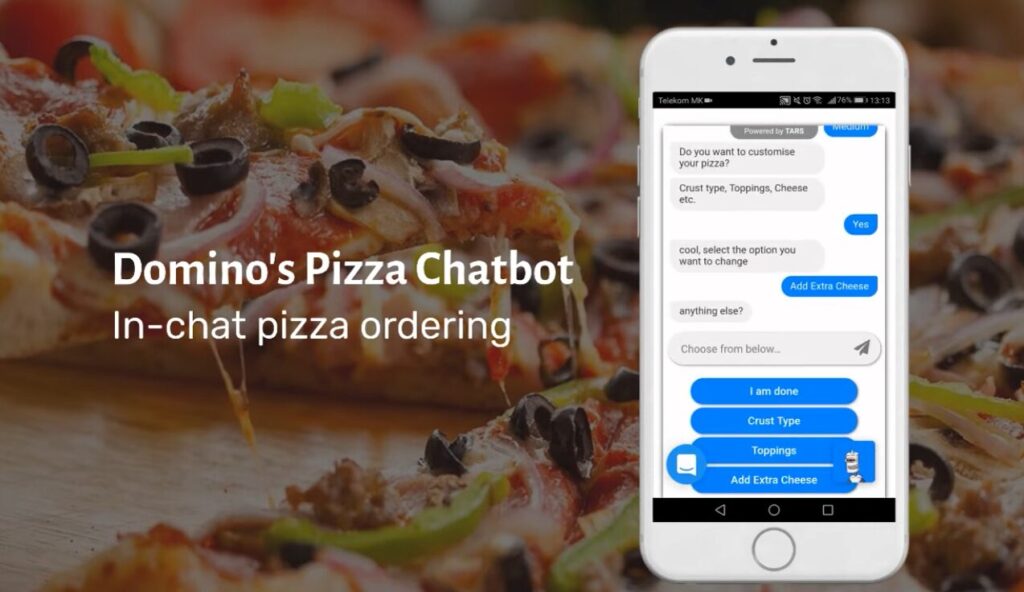
Domino Pizza joined the long list of businesses using chatbots by letting customers order through a chatbot on Facebook Messenger. The business has other chatbots on platforms like Amazon Alexa and Google Assistant.
All chatbots play similar roles. Customers can order and track those orders while still enjoying appealing interfaces. Besides platforms, customers can also access a Domino chatbot through SMS messages.
12. Xfinity Assistant
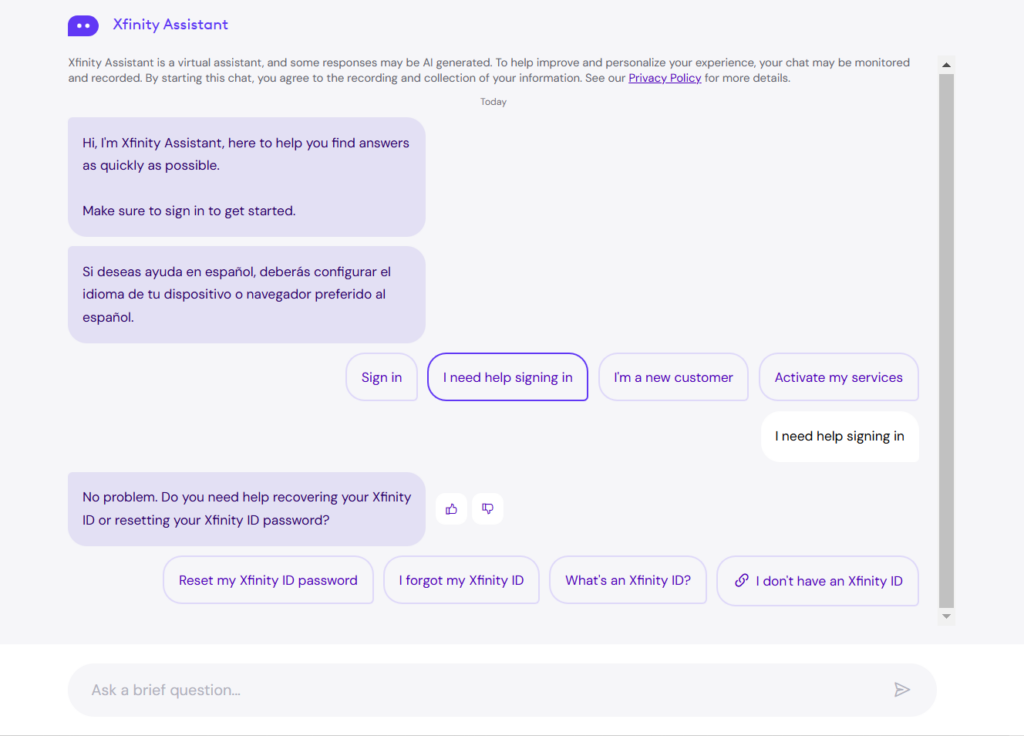
Our final example is Xfinity Assistant, which is a virtual assistant for Xfinity users. It provides customer service and seeks to meet user needs.
Xfinity assistant offers customer support in different ways. It can give answers, pay bills, and connect to a human agent when needed. Its personalized feature makes frustrated users calmer and more engaged. Xfinity assistant is efficient, which is mutually beneficial to both companies.
FAQs
Is Siri a Chatbot?
Siri is a virtual assistant. Though the word is often used interchangeably with chatbots, there are differences. Chatbots are tied to a company and ultimately work for them, while virtual assistants work directly for users.
How Are Chatbots Used in Real Life?
Generally, chatbots provide customer care and support. They help users meet their needs while improving their experience. Chatbots require the right prompts, either textually or vocally.
Wrap Up
Our list of chatbot examples covers different sectors, from healthcare to business, showing how they are relevant to different places. Ready to Get a custom chatbot for your business today, with Kelpo.ai.





